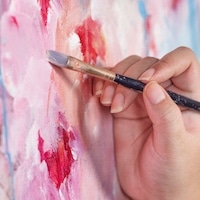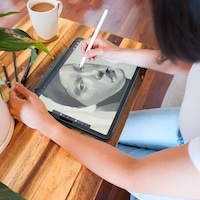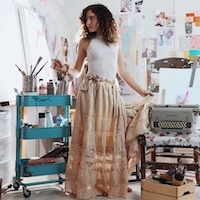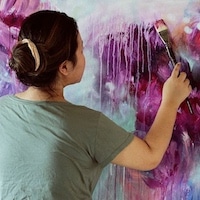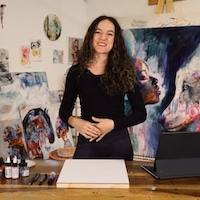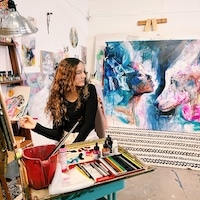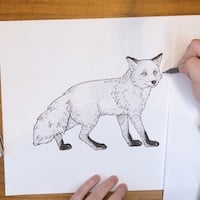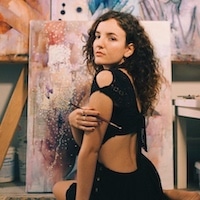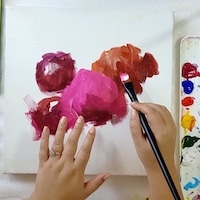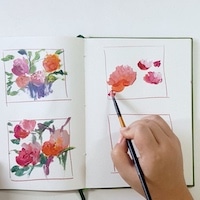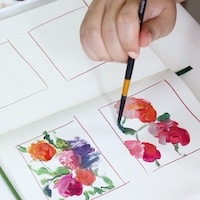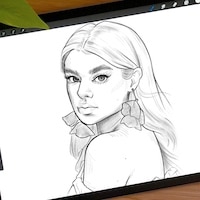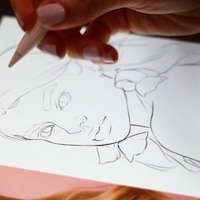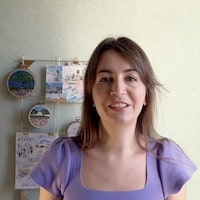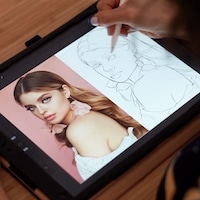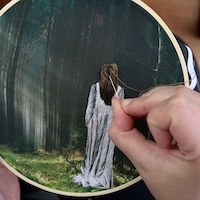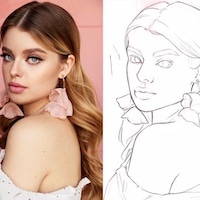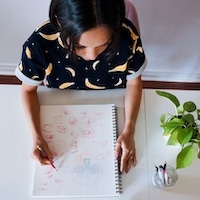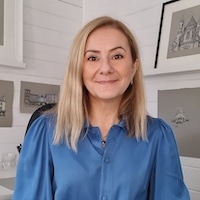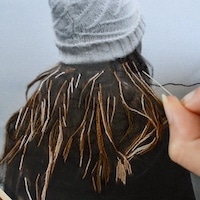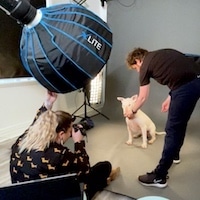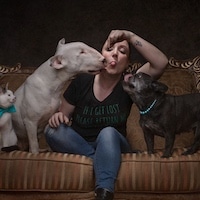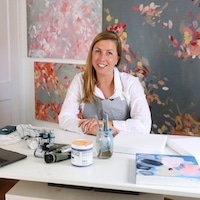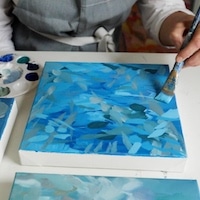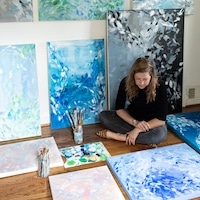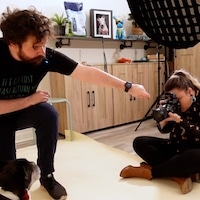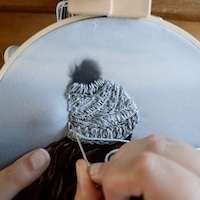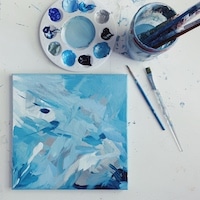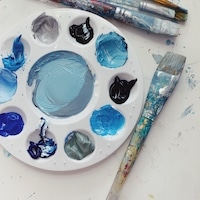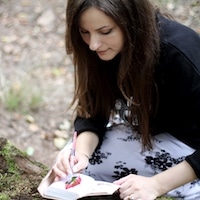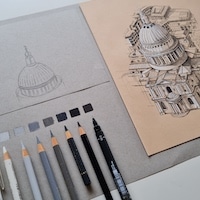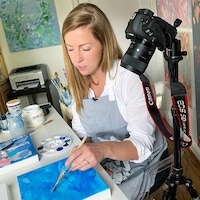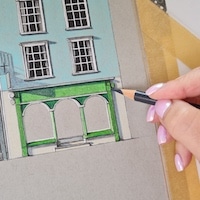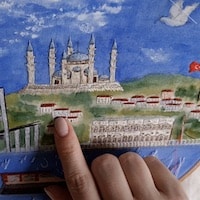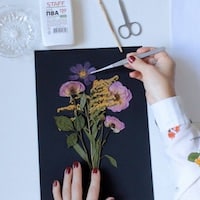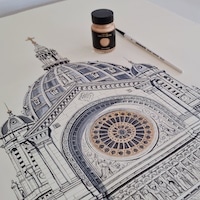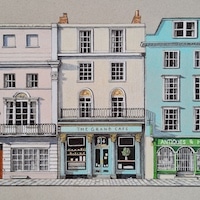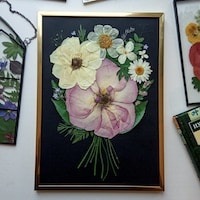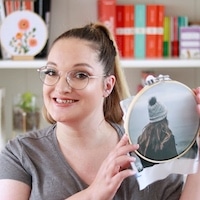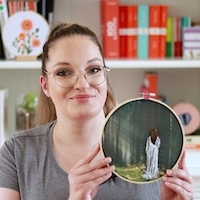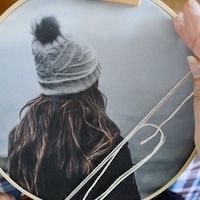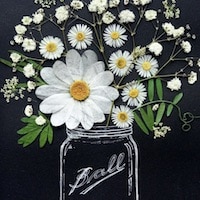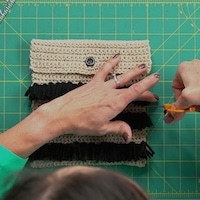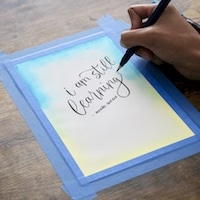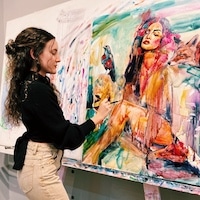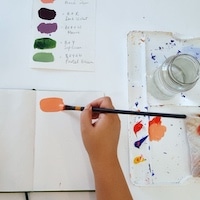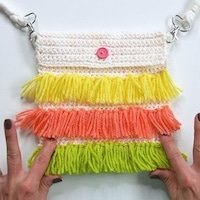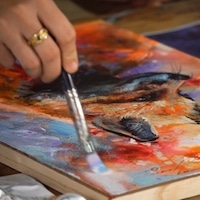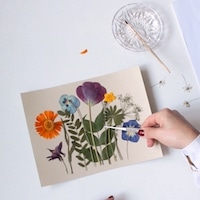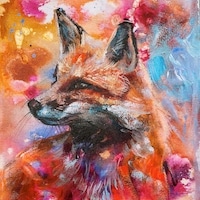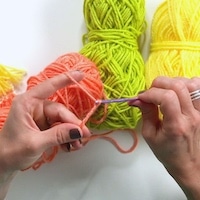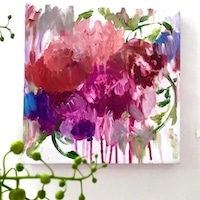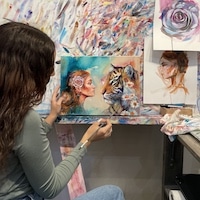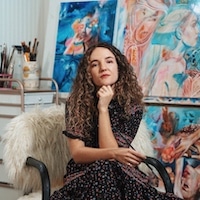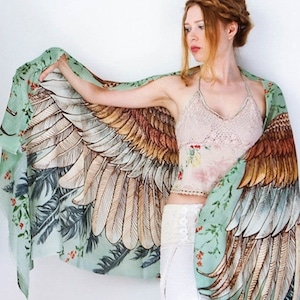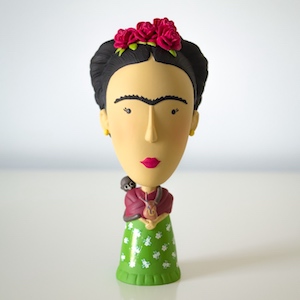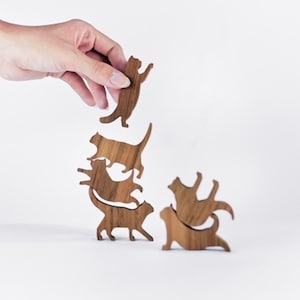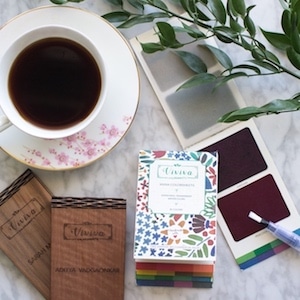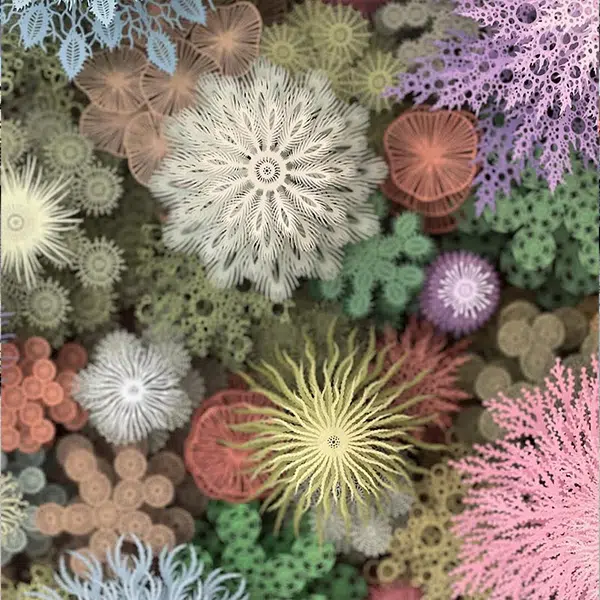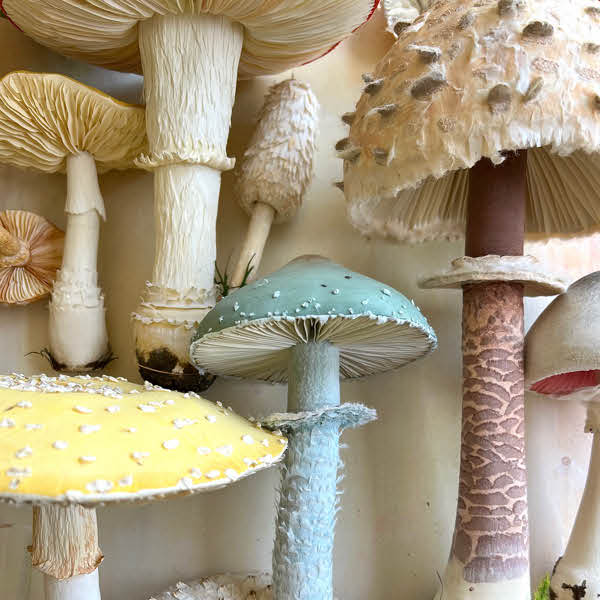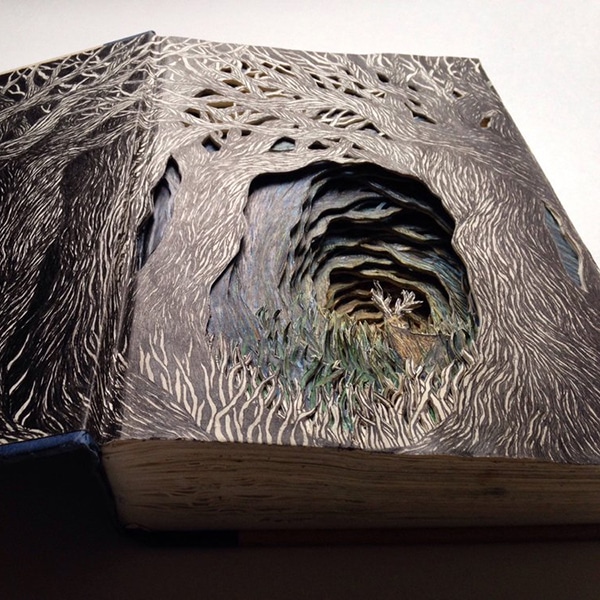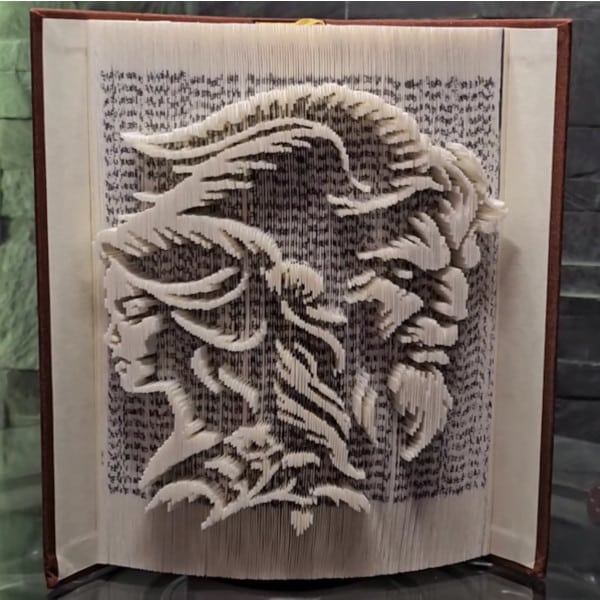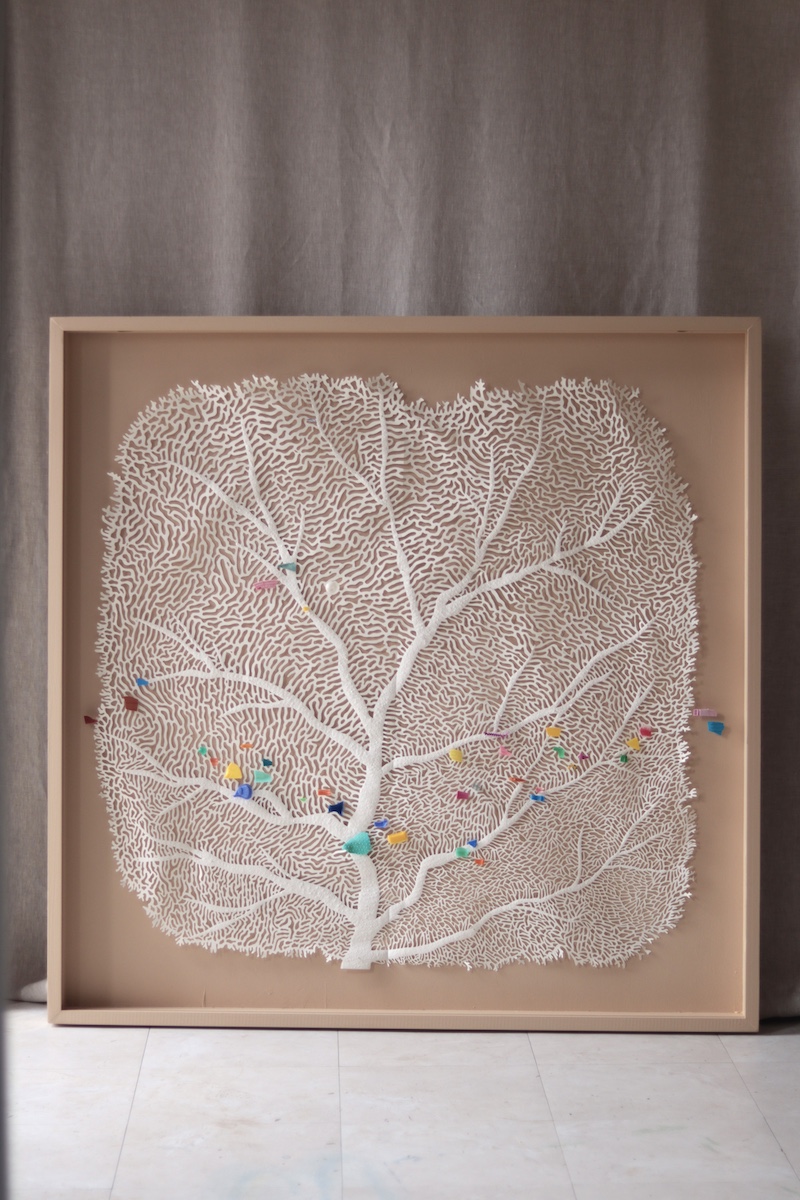
“Plasticum.” (Photo: Ana Brecevic)
For the French-Croatian artist Ana Brecevic, paper carries a paradox that she still finds fascinating, even after years of working with it. It’s a “fragile, almost ephemeral” medium, she explains, and yet has served as the “primary vehicle for human memory and knowledge” for millennia. Over time, Brecevic had a striking realization that would come to redefine her practice: landscapes are as delicate, flexible, and essential to humanity as paper is. It should come as no surprise, then, that the artist quickly began combining the two in her work.
“The delicacy of paper is a powerful metaphor for the fragility of ecosystems,” Brecevic tells My Modern Met. “It has allowed me to build textures and forms that echo nature with surprising emotional depth.”
That “emotional depth” is on full display in Brecevic’s paper art, which incorporates naturalistic imagery to stunning effect. In each piece, paper is manipulated into organic, chiseled architecture, depicting everything from sensitive bas-reliefs of flowers to a bird’s ruffled feathers. What has recently preoccupied Brecevic, however, is the ocean—after all, she spent countless summers in Croatia near the Adriatic Sea throughout her childhood.
“I was deeply shaped by the sea’s biodiversity and the way people lived in close rhythm with nature,” the artist says. “Over the years, I witnessed changes, disappearing fish, rising temperatures, and I began to feel a kind of quiet urgency.”
Now, Brecevic has translated that “quiet urgency” into Plasticum, a series that reflects upon the “silent pollution” of our oceans in an era of increased climate destruction.
“I often collect debris washed up on the shore, and I’ve become deeply saddened by the sheer volume of waste and microplastics scattered across the beach,” Brecevic explains.
It didn’t take long for Brecevic to “integrate collected plastic waste with intricate paper compositions,” resulting in coral-like structures that, she contends, “speak to both beauty and vulnerability.” When viewed from afar, Plasticum almost resembles a maze, its various branches intertwining with the small, colorful specks of plastic that are scattered and woven across the surface. Creating such a meticulous piece was, of course, tedious, seeing Brecevic “slowly and intuitively” handcrafting each layer. Retrospectively, the artist says, the process echoed that of an “ecosystem forming.”
“By transforming these discarded materials into something poetic, I hoped to invite reflection rather than guilt, and to highlight the strange coexistence of natural resilience and human impact,” she adds.
Even so, Brecevic warns that her artwork doesn’t seek to be “didactic,” nor does it aim to “illustrate problems or deliver solutions.” Instead, she hopes she can offer a “sensory and emotional experience,” something that can “reconnect viewers to the natural world.”
“If my art sparks awareness or care, even subtly, then it has done its work.”
To learn more about the artist, visit Brecevic’s website.
The French-Croatian artist Ana Brecevic uses paper to confront the realities of our ongoing climate crisis.
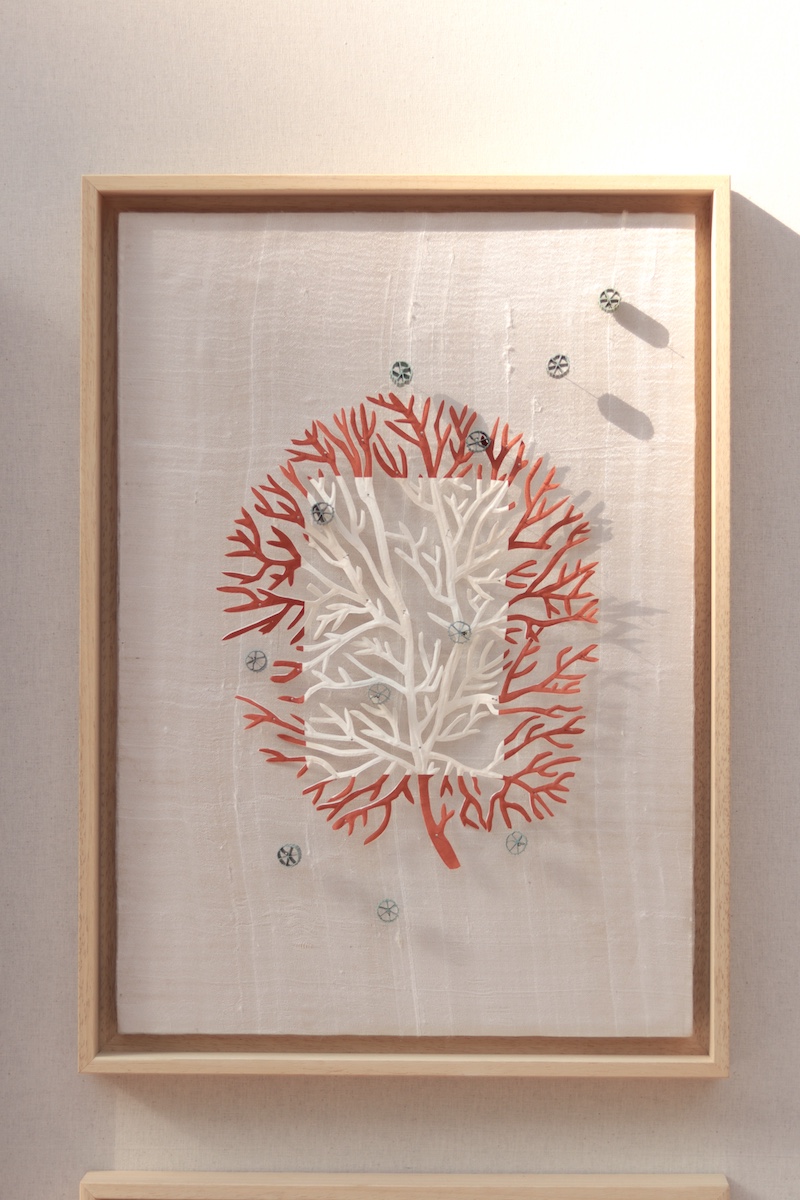
Photo: Ana Brecevic
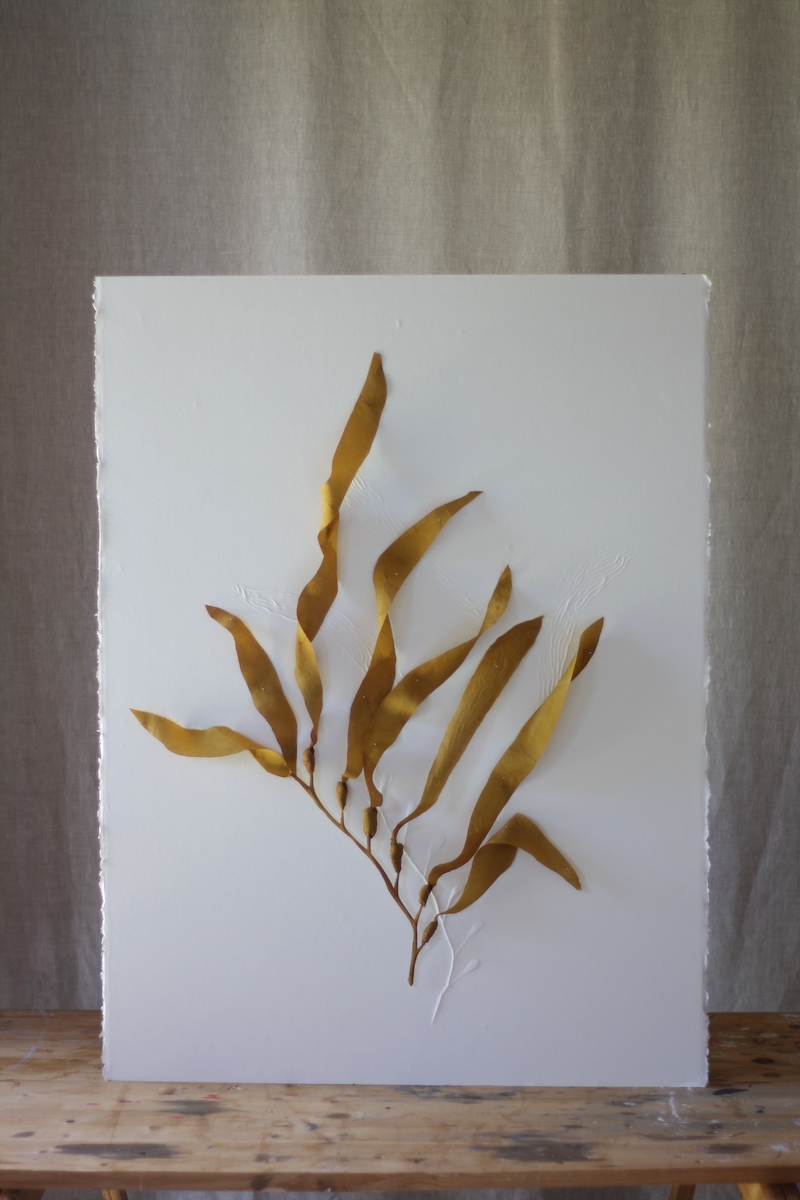
Photo: Ana Brecevic
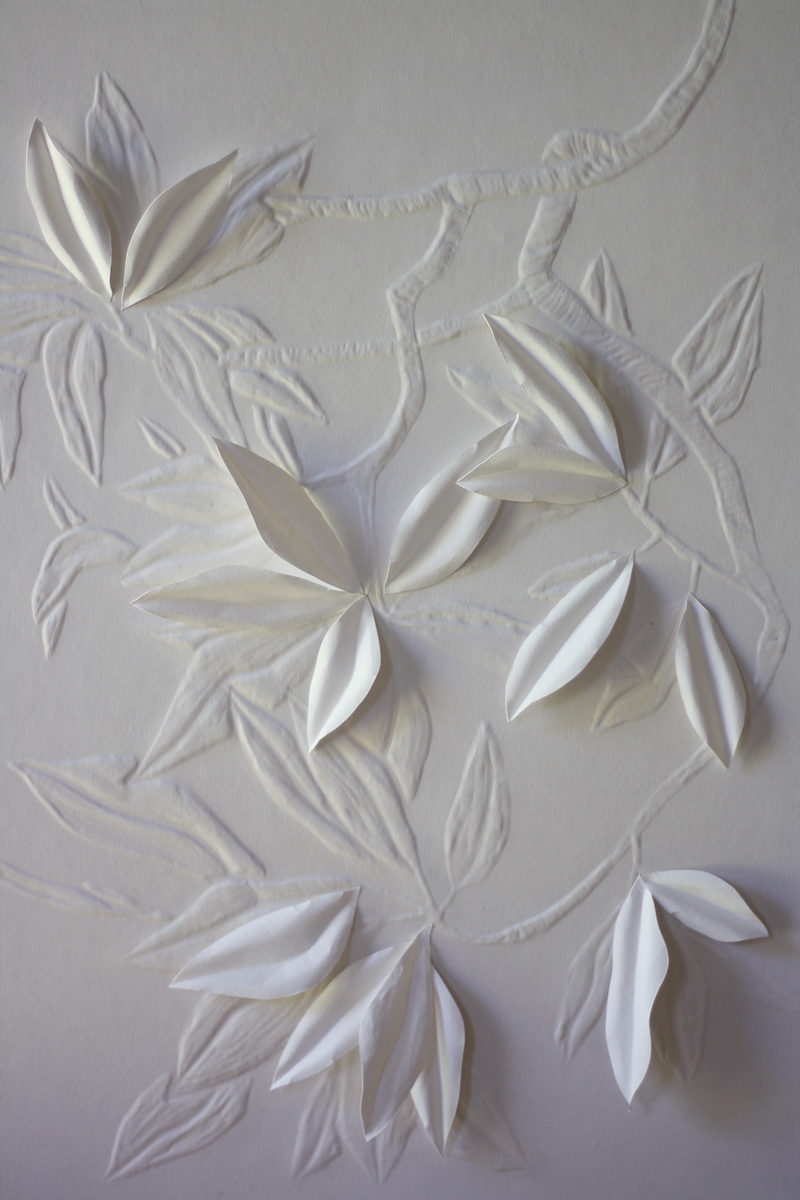
Photo: Ana Brecevic
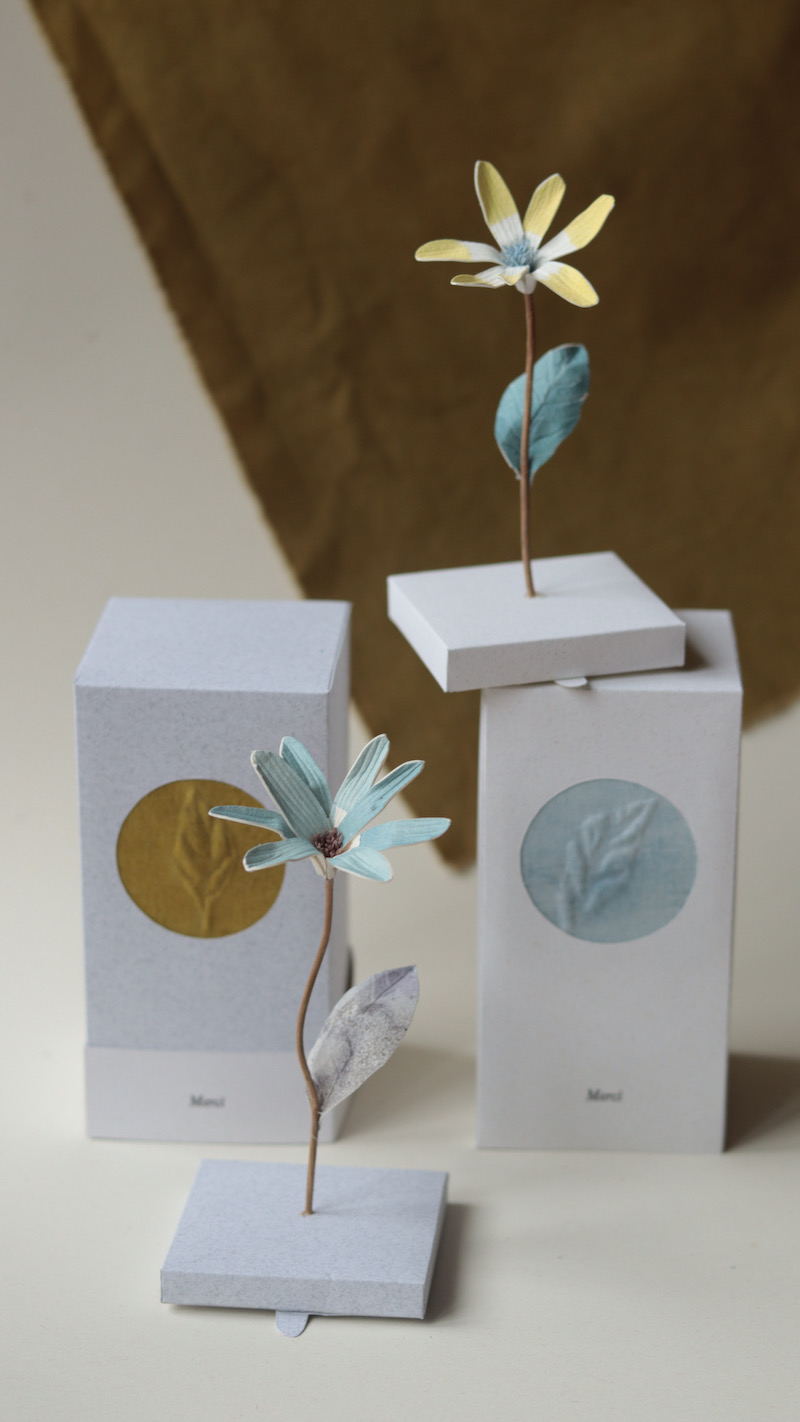
Photo: Ana Brecevic
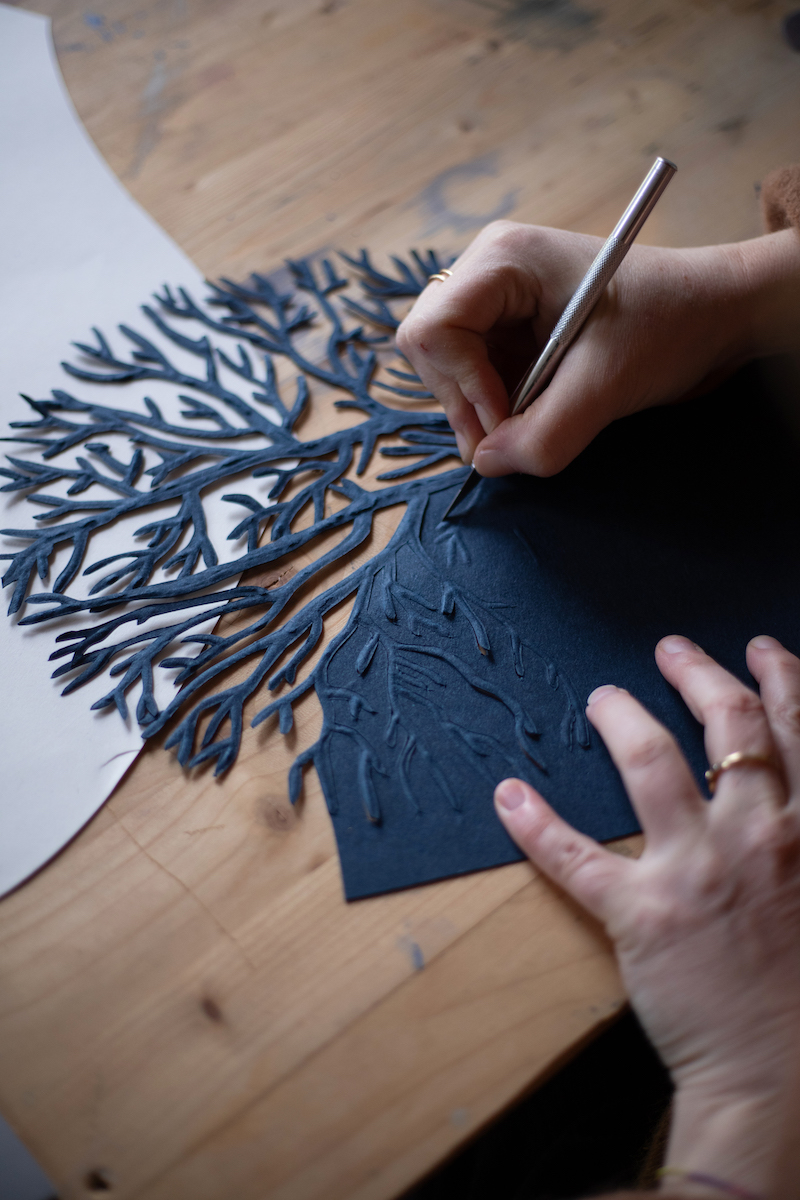
Photo: Marion Saupin
Throughout her work, Brecevic often incorporates natural forms with sculptural paper, reflecting upon issues like ocean pollution and ecosystem destruction.
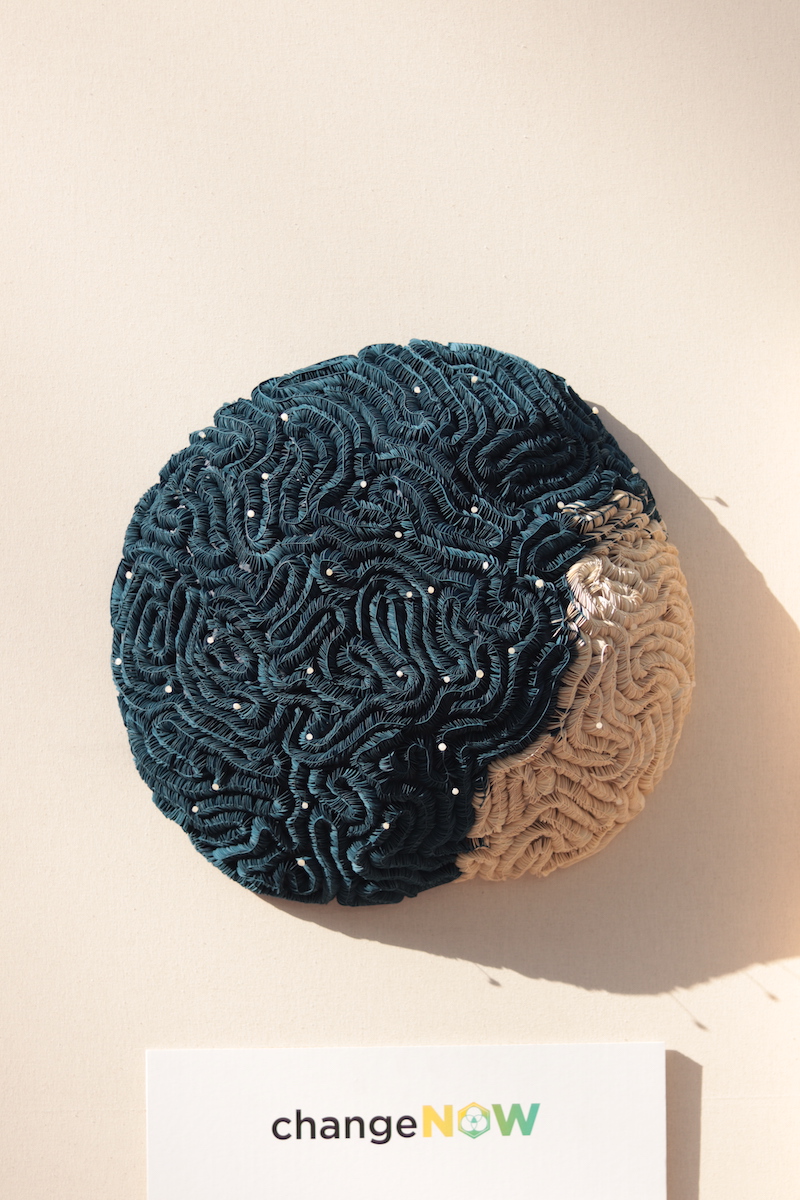
Photo: Ana Brecevic
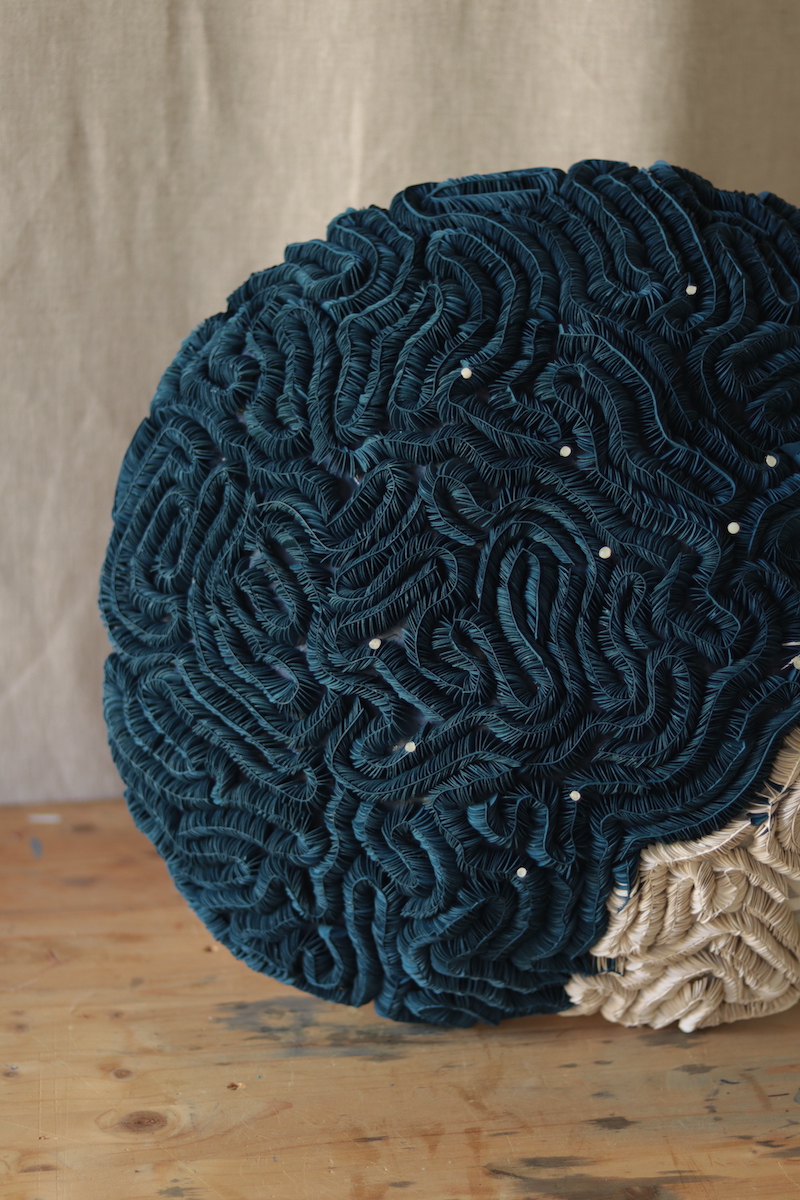
Photo: Ana Brecevic
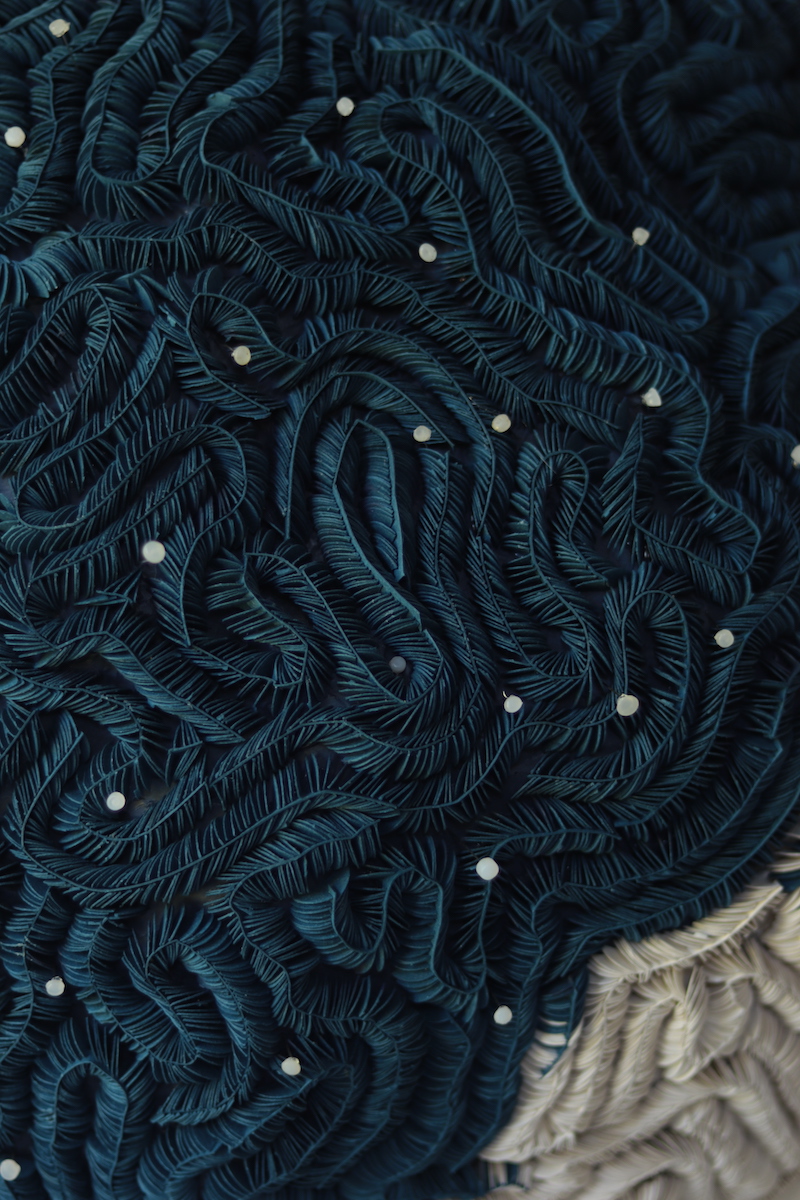
Photo: Ana Brecevic
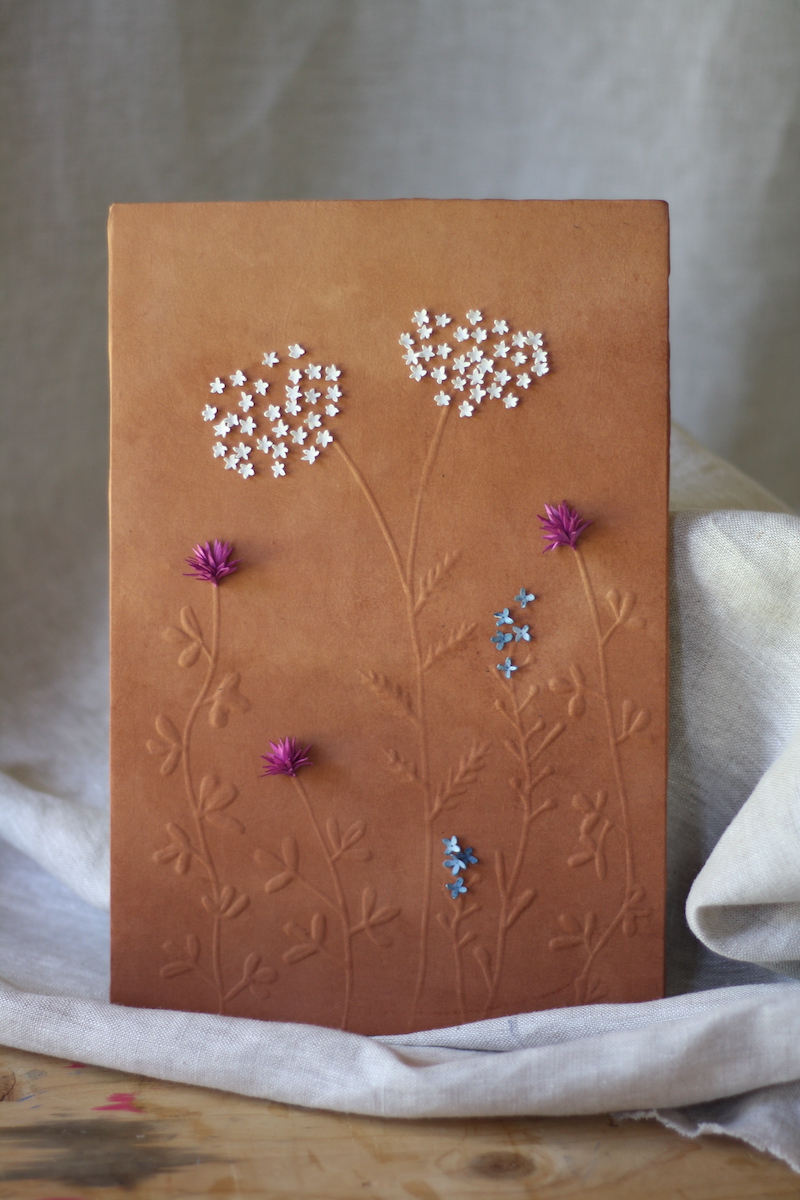
Photo: Ana Brecevic
“If my art sparks awareness or care, even subtly, then it has done its work,” Brecevic says of her creative practice.
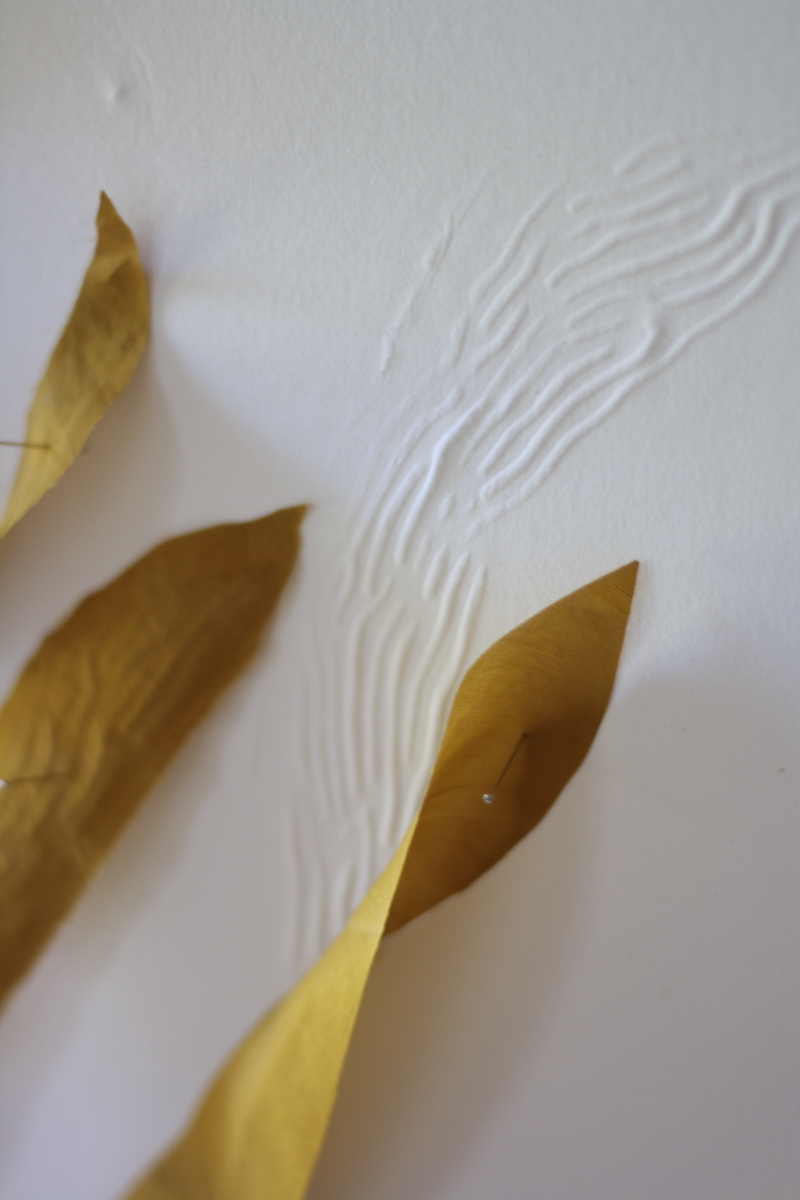
Photo: Ana Brecevic
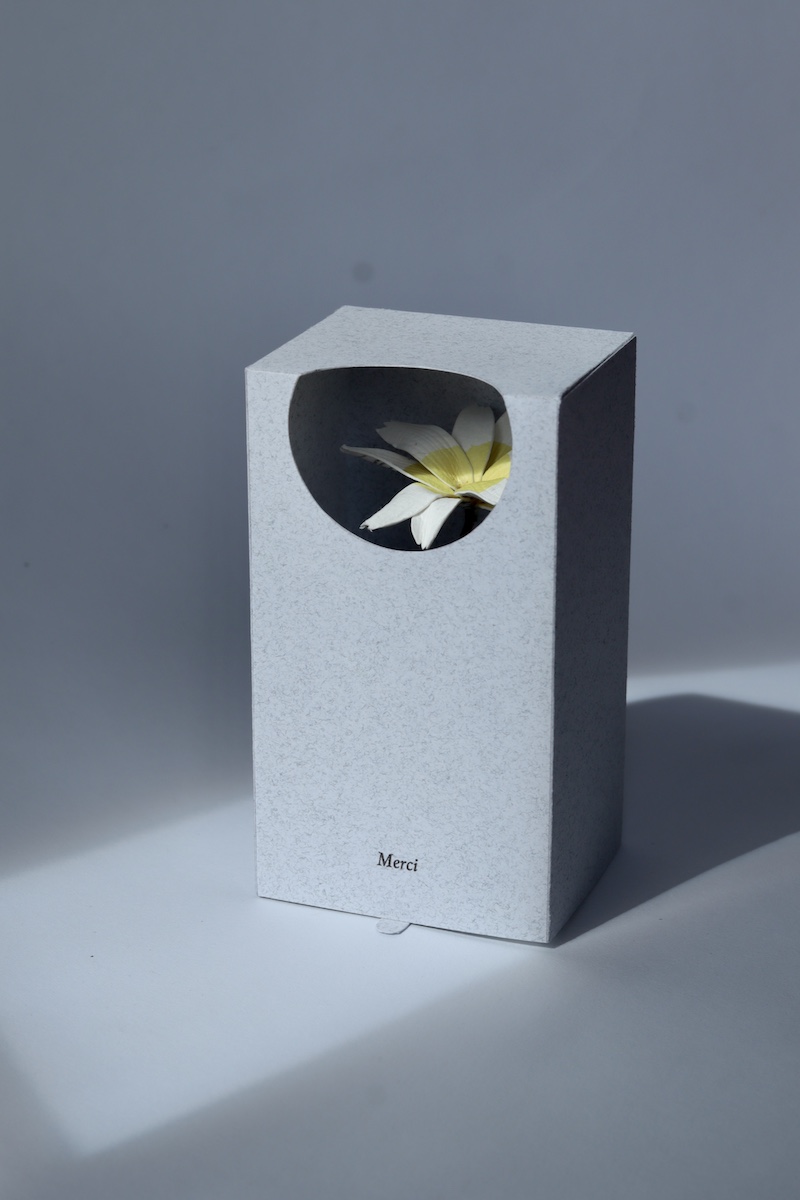
Photo: Ana Brecevic
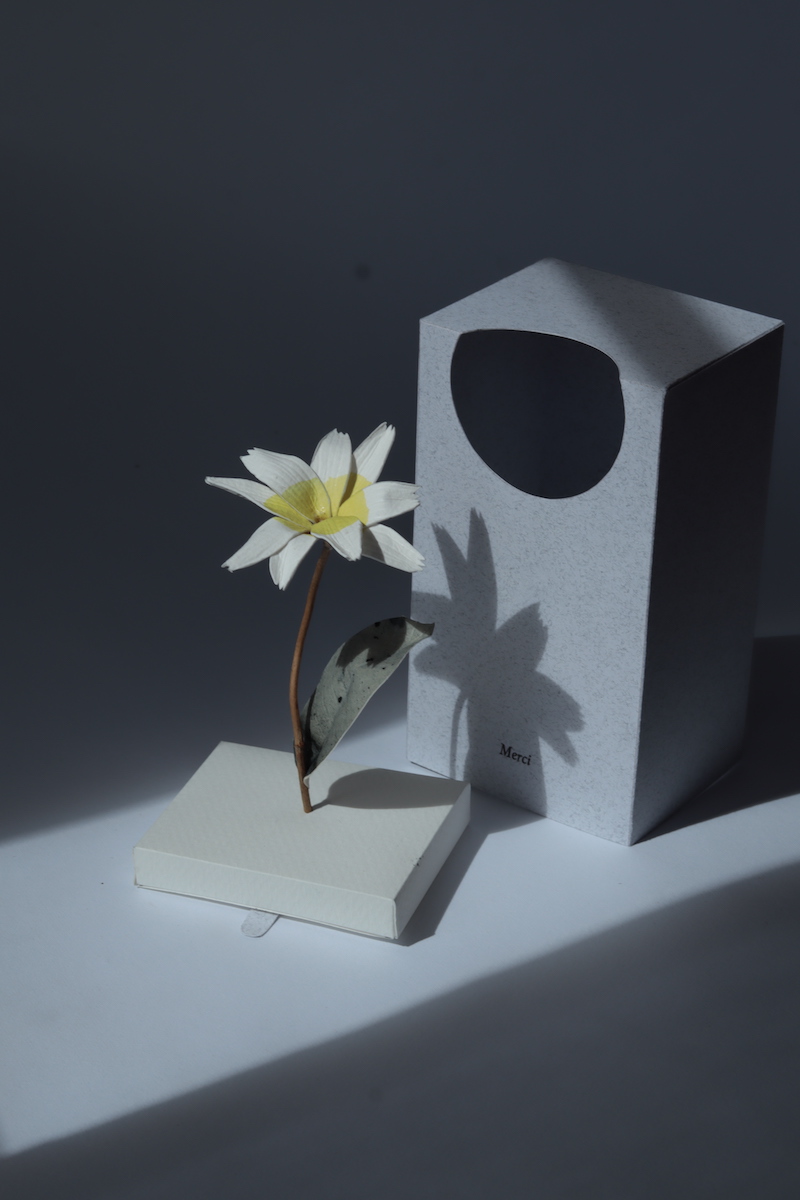
Photo: Ana Brecevic
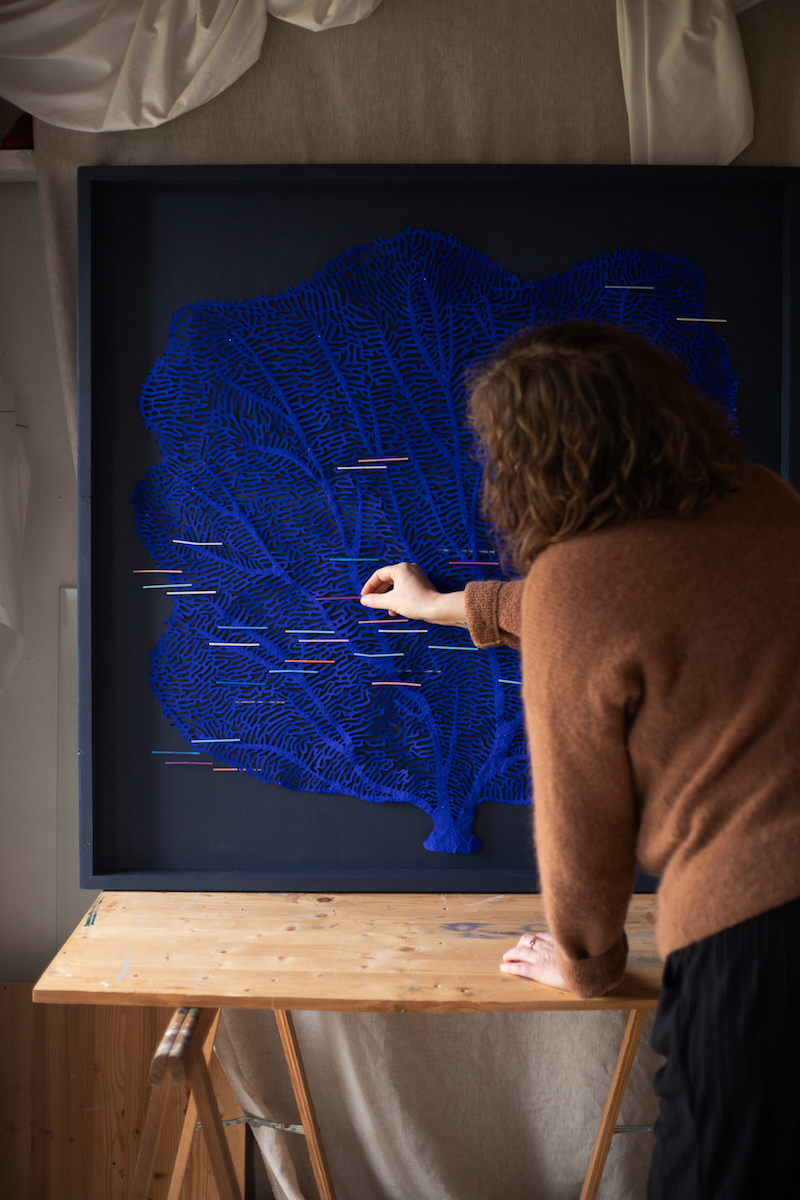
The artist preparing one of her sculptures. (Photo: Marion Saupin)
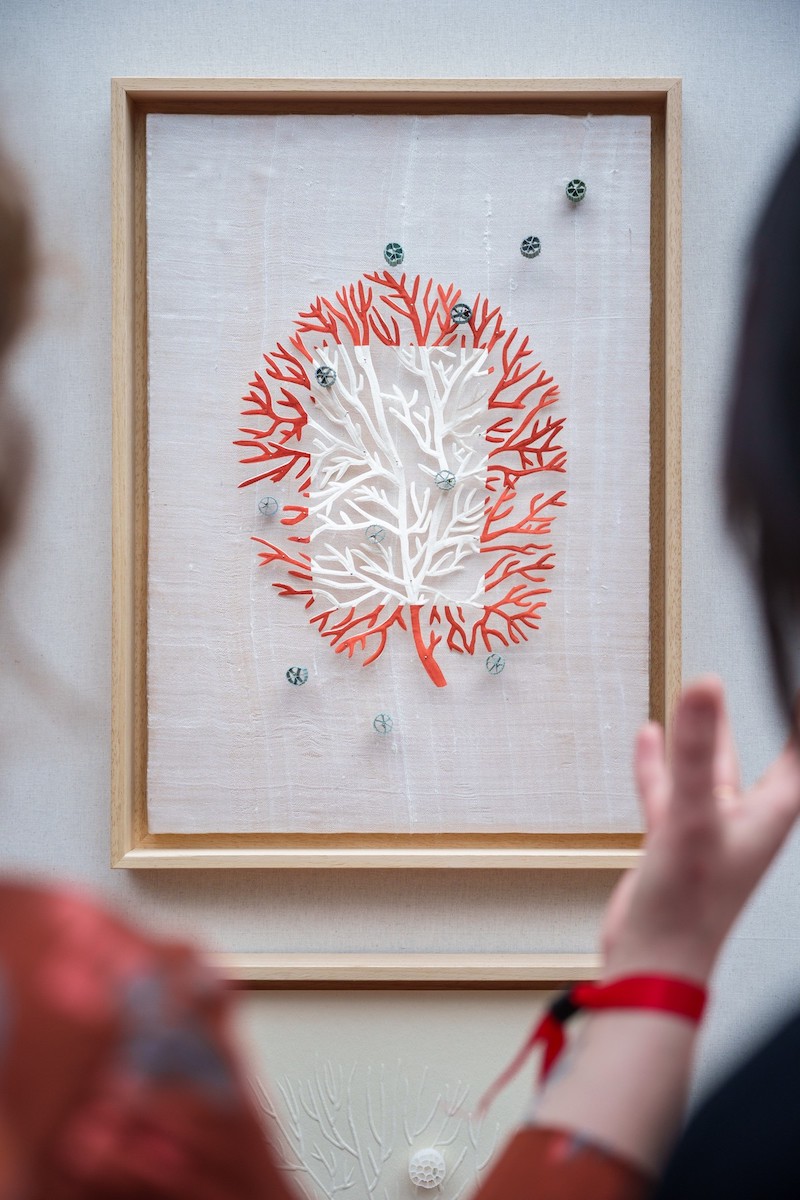
Photo: Antoine Marceau
Ana Brecevic: Website | Instagram
My Modern Met granted permission to feature photos by Ana Brecevic. Quotes have been edited for length and clarity.
Related Articles:
Laser-Cut Paper Art Highlights the Stunning Intricacy of Living Organisms
Paper Artist Engineers Incredible Relief Sculptures Entirely by Hand
Multicolored Paper Art of the Human Microbiome Mimics Textures Found in Coral Reefs

